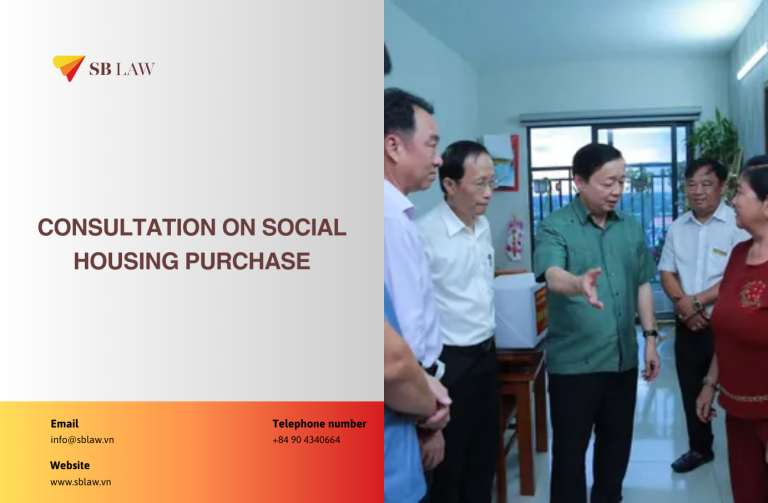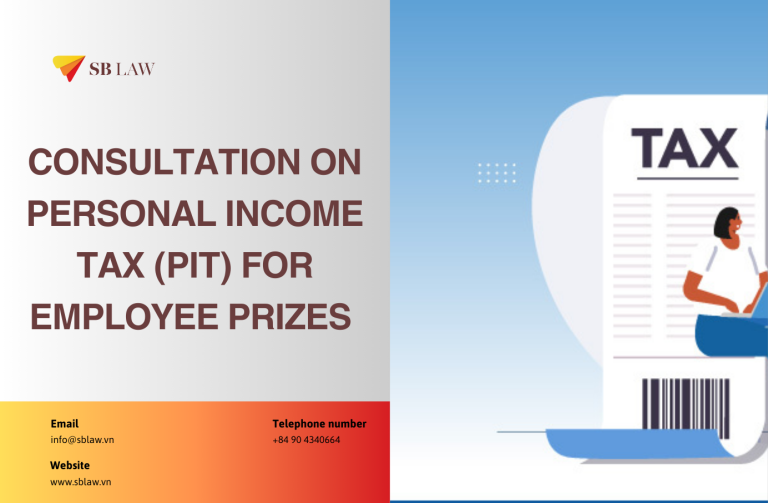(SB Law) CIT is levied on the taxable income of companies established in Vietnam including foreign invested companies. Taxable income for CIT calculated based on is revenues generated in their course of production less reasonable expenses in the relevant fiscal year.
The standard CIT rate is 25% of the taxable income, except:
- The activities of prospecting, exploration and mining of petroleum and gas and other rare and precious natural resources which CIT rates are from 32% to 50%, depending on each specific project and business entity; and
- Companies which are entitled to preferential CIT rates as described below.
Preferential rates
Other than the standard CIT rate, preferential CIT rates of 10% and 20% apply to a number of investment projects which satisfy certain conditions as below:
- The incentive tax rate of 10% for 15 years is applicable to:
- New enterprises established under investment projects in geographical areas with extreme socio-economic difficulties specified in the Appendix to this Decree, economic zones or hi-tech parks established under the Prime Ministers decisions;
- New enterprises established under investment projects in the domains of:
- High technology as prescribed by law; scientific research and technological development;
- Development of water plants, power plants, water supply and drainage systems; bridges, roads, railways; airports, seaports, river ports; airfields, stations and other infrastructure works of special importance as decided by the Prime Minister. For new large and hi- or new-tech enterprises established under investment projects in these sectors, in which investment should be specially attracted, the duration for application of the incentive tax rate may be extended but must not exceed 30 years. The Prime Minister shall, at the proposal of the Minister of Finance, decide on the extension;
- Manufacture of software products.
- The tax rate of 10% is applicable to incomes of companies operating in education-training, vocational training, healthcare, cultural, sports and environmental domains (below collectively referred to as socialized domains) and incomes from the publishing activities under the Law on Publishing throughout their operation duration.
- The incentive tax rate of 20% for 10 years is applicable to new enterprises established under investment projects in geographical areas with socio-economic difficulties.
The duration for application of incentive tax rates is counted consecutively from the first year an enterprise has turnover from activities eligible for tax incentives.
Exemptions and reductions
In addition to preferential CIT rates, companies might be entitled to the CIT exemption as follows:
- Tax exemption for 4 years and 50% reduction of payable tax amounts for 9 subsequent years are applicable to:
- New enterprises established under investment projects in geographical areas with extreme socio-economic difficulties specified in the Appendix to this Decree, economic zones or hi-tech parks established under the Prime Ministers decisions;
- New enterprises operating in socialized domains in geographical areas with socio-economic difficulties or extreme socio-economic difficulties.
- Tax exemption for 4 years and 50% reduction of payable tax amounts for 5 subsequent years are applicable to new enterprises operating in socialized domains in geographical areas outside the list of those with socio-economic difficulties or extreme socio-economic difficulties.
- Tax exemption for 2 years and 50% reduction of payable tax amounts for 4 subsequent years are applicable to new enterprises established under investment projects in geographical areas with socio-economic difficulties.
- Reductions in other cases:
- Production, construction or transport companies which employ many female laborers are entitled to reduction of enterprise income tax amounts equal to additional expenses paid for female laborers, including:
- Expense for job re-training;
- Salaries and allowances (if any) for teachers in kindergartens organized and managed by the companies;
- Expense for additional medical check-ups in a year;
- Post-natal allowances for female laborers;
- Salaries and allowances for female laborers who return to work during their prescribed maternity leave.
- Companies which employ ethnic minority laborers are entitled to reduction of enterprise income tax amounts equal to additional expenses for job training, housing subsidies, social insurance premiums and health insurance premiums for these laborers, if they have not yet received the States supports under regulations.
The tax exemption or reduction duration is counted consecutively from the first year an enterprise has taxable income from an investment project; in case an enterprise has no taxable income during the first three years, counting from the first year it has turnover from an investment project, the tax exemption or reduction duration is counted from the fourth year.
Losses carried-forward
During the operation, any losses incurred by companies in any tax year may be carried over to the following years. However, losses cannot be carried over for more than 5 years. Carrying-back of losses is not permitted.
Capital Transfer Tax
Capital transfer tax is by nature a form of CIT imposed on profits earned by foreign investors from the transfer of their interest in the charter capital of an FIC.
The taxable profit is determined as the sales price less (i) the initial value of contributed capital and (ii) any transfer expenses. With regard to subsequent transfers, the initial value of the contributed capital shall be the price of the preceding transfer plus the amount of any additional contributed capital.
The CIT rate applied to capital transfer in a limited liability company is 25% of the taxable profit. Transfer of securities of foreign invested companies or foreign investors is imposed with CIT rate of 0.1%.




